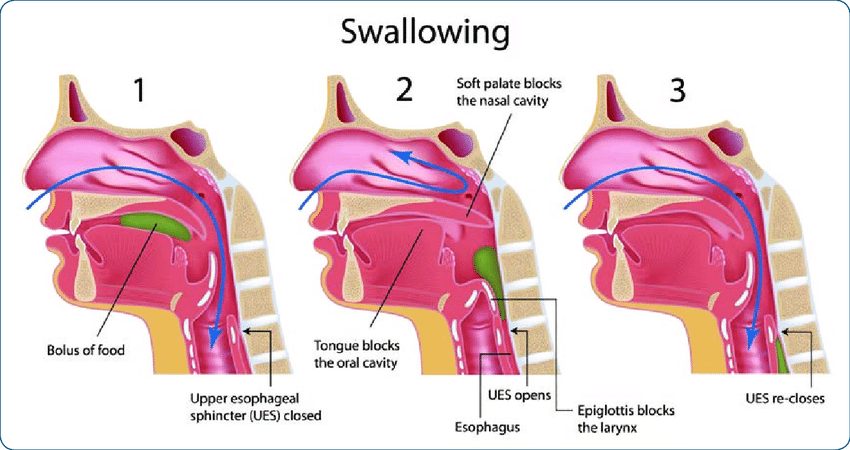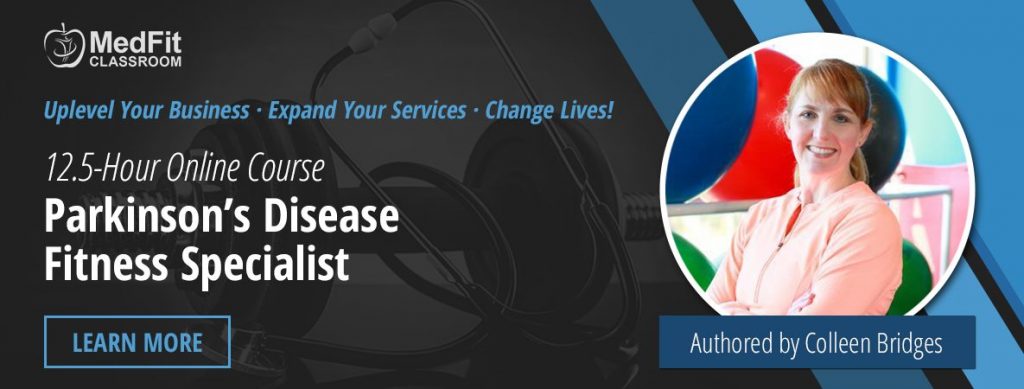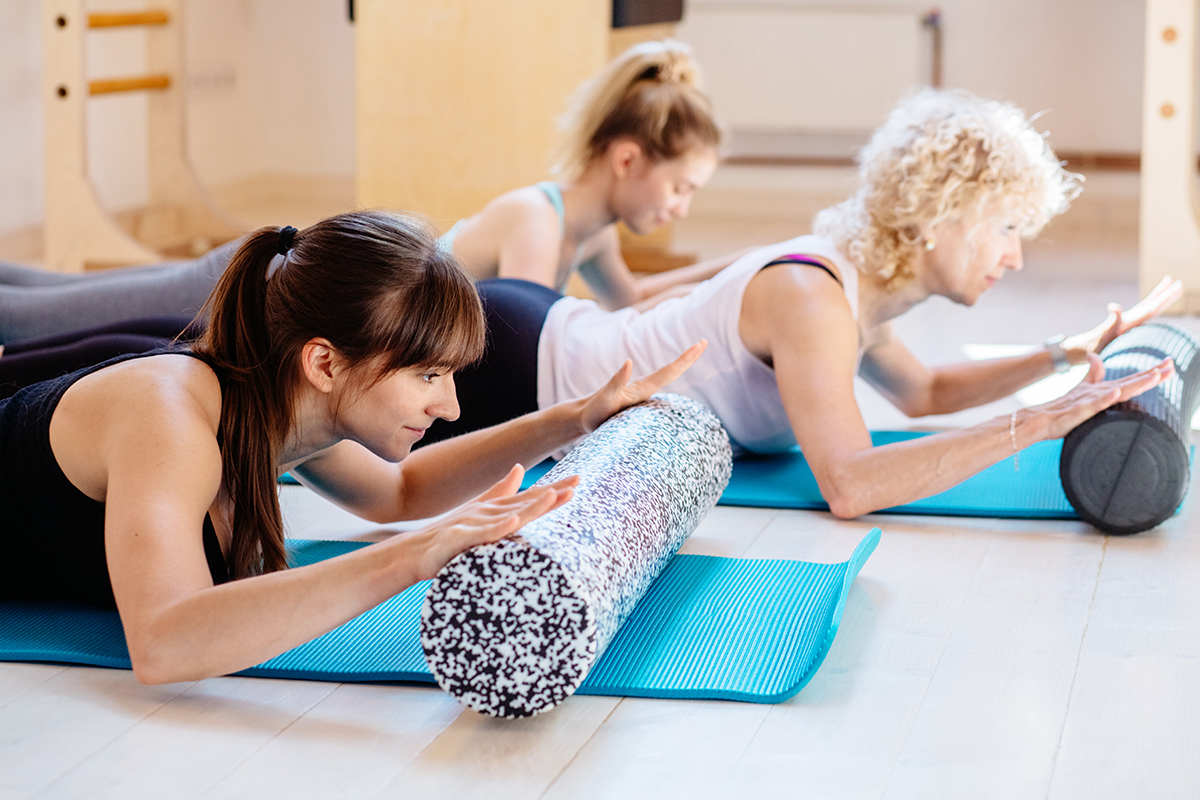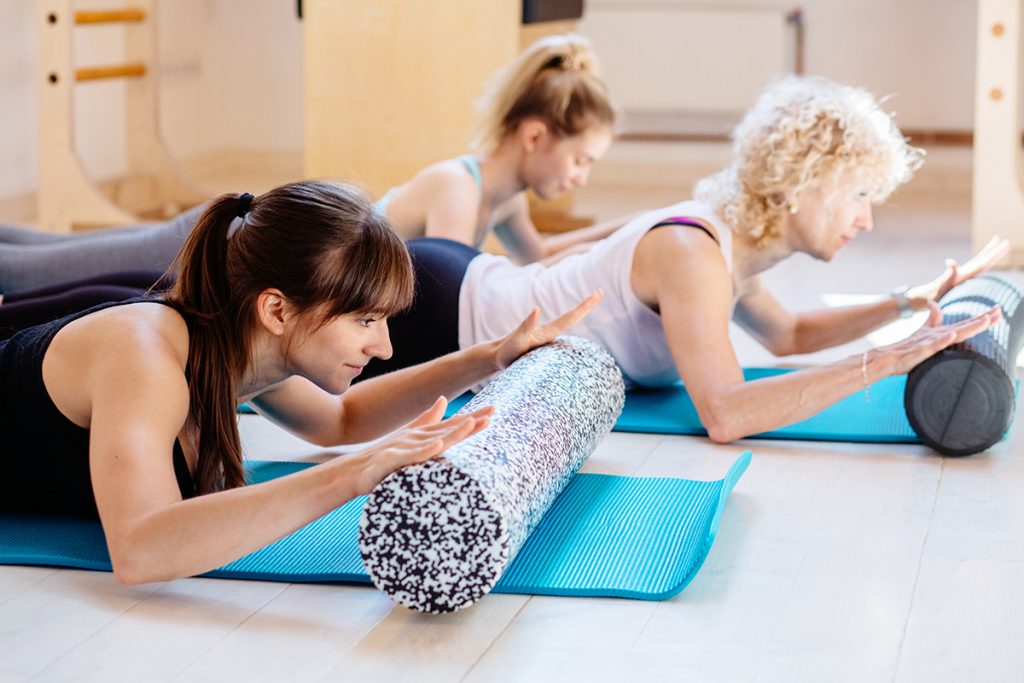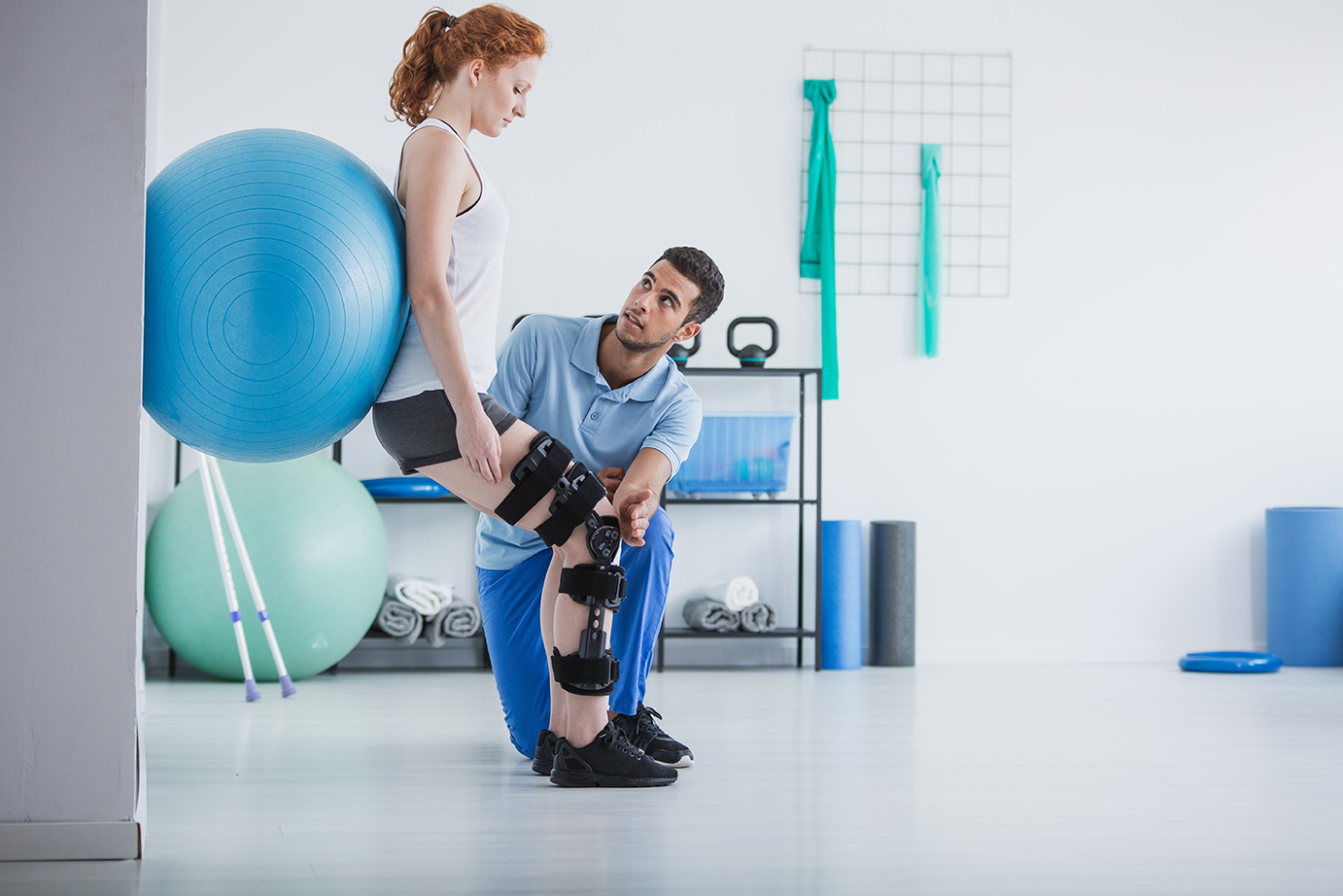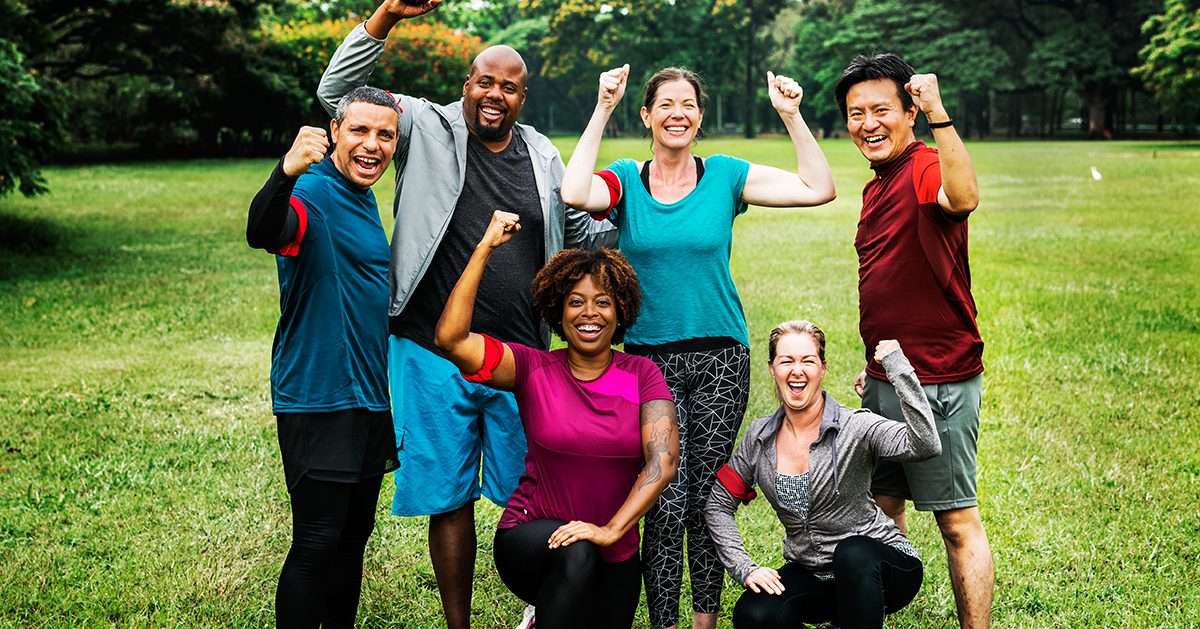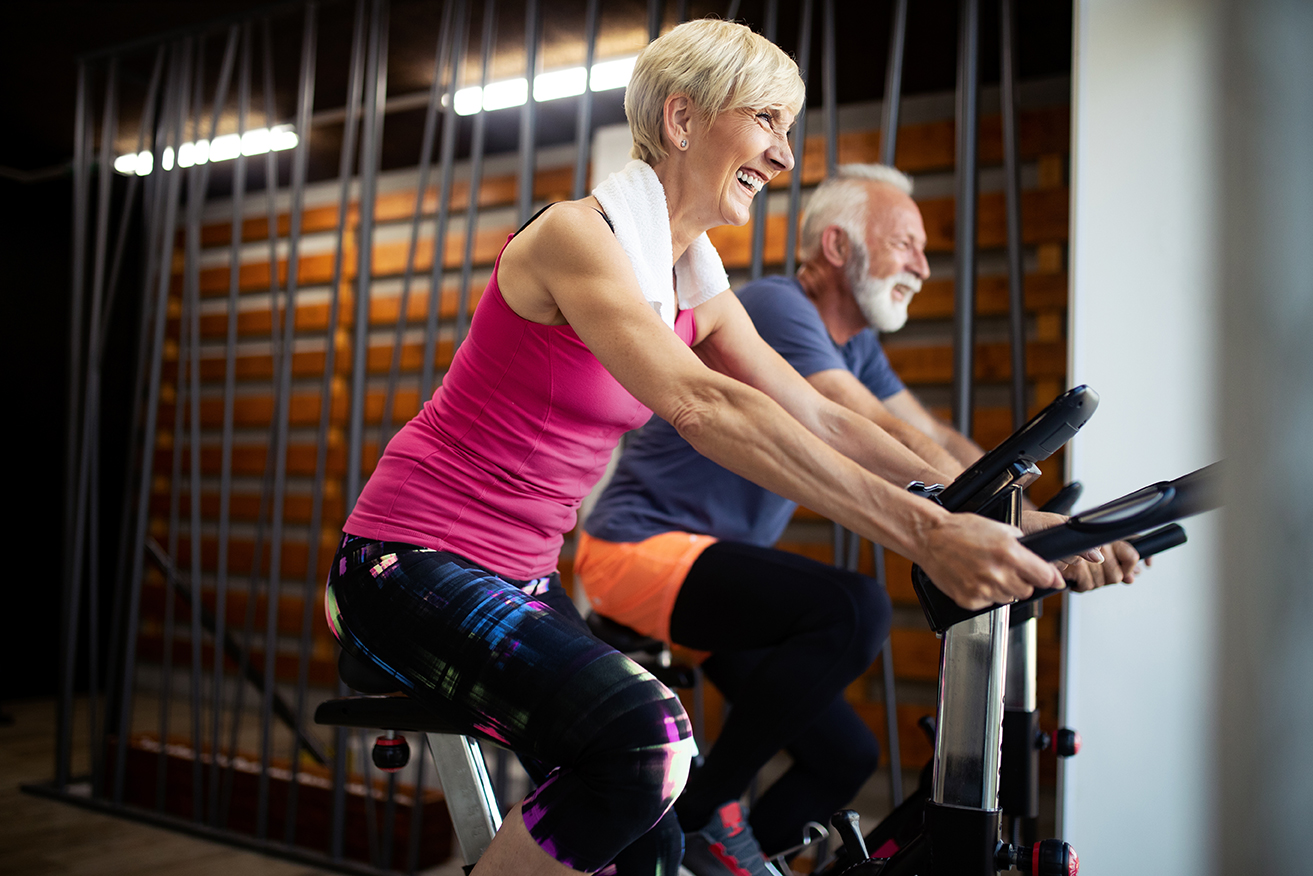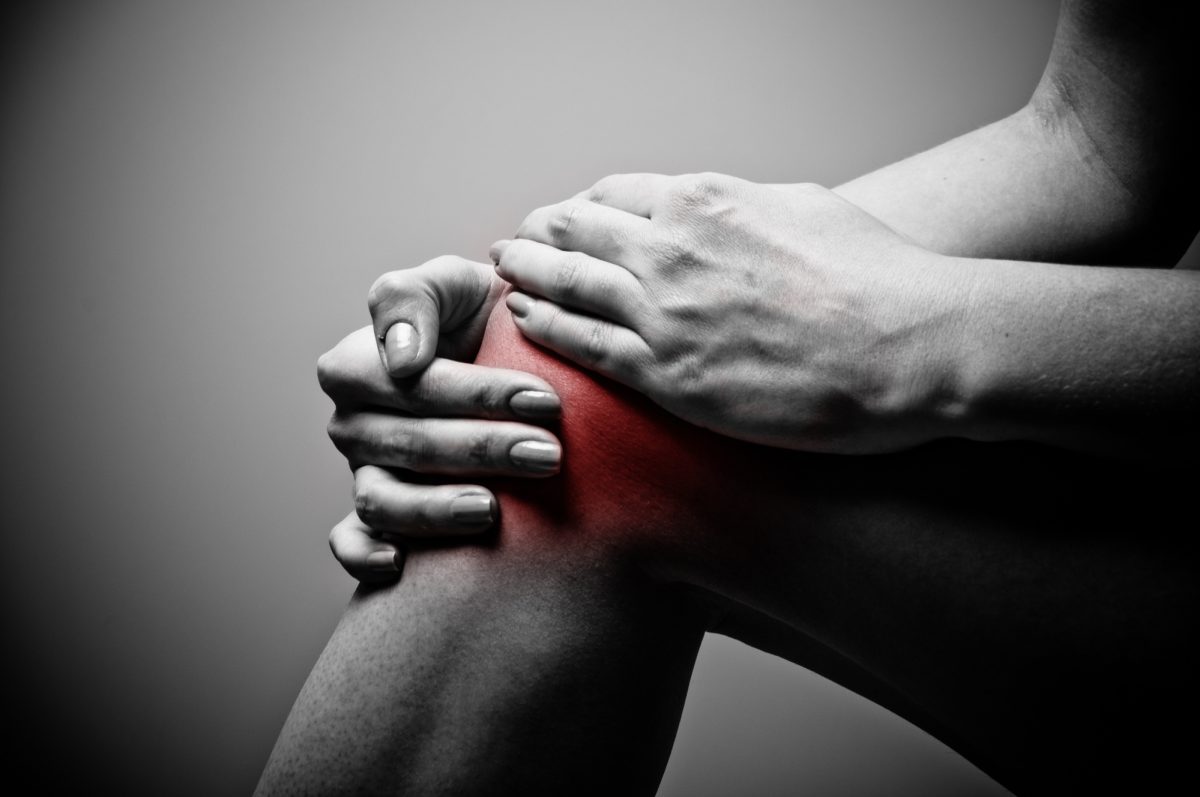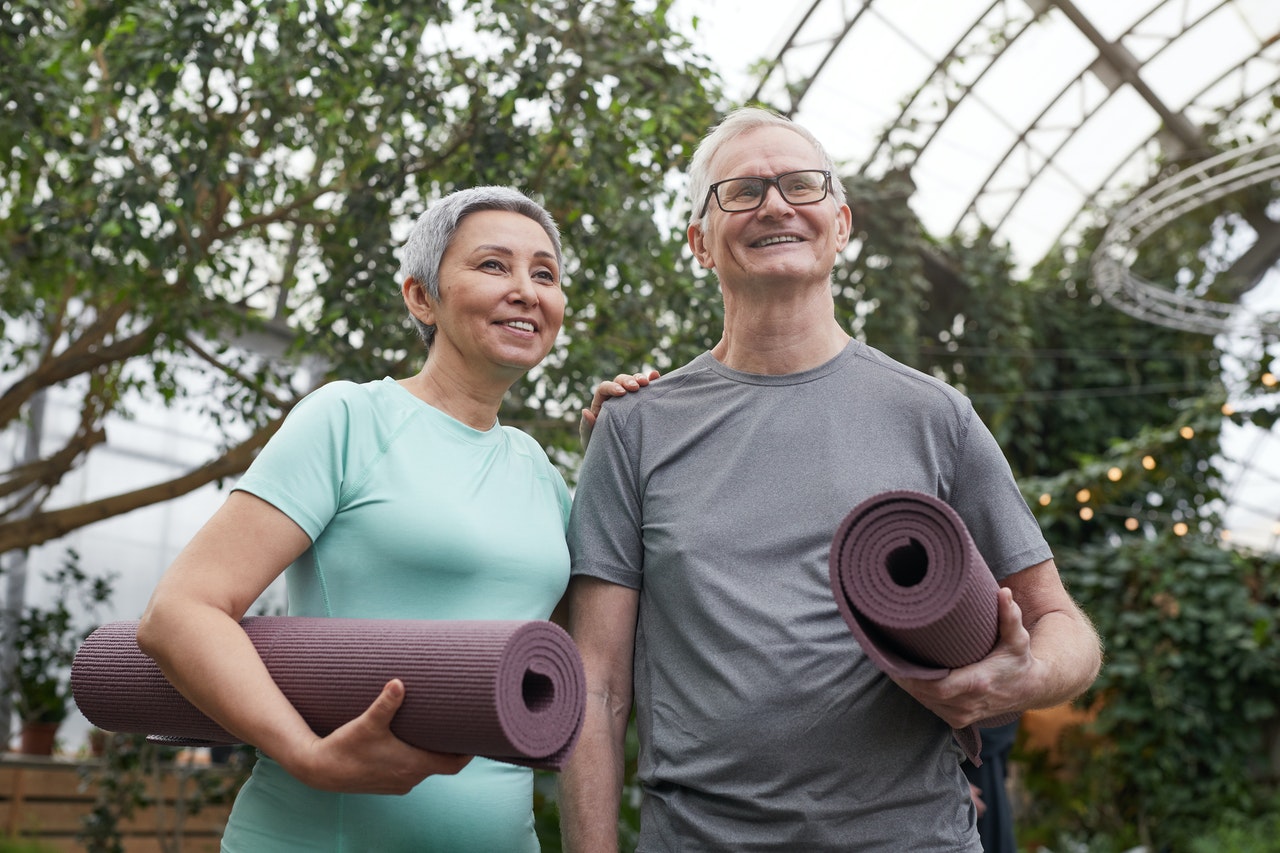Essential Skills for Personal Trainers
Agility, Bodybuilding, CrossFit, Dropsets, Energy substrates… etc. There is a program — or ten — for every letter for every letter of the alphabet! Everyday something new comes out that will make all the difference in the world without any work. That is the dilemma for Personal Training. Weeding out the bad and applying the good becomes the more difficult each year. In addition, more is expected of each trainer!
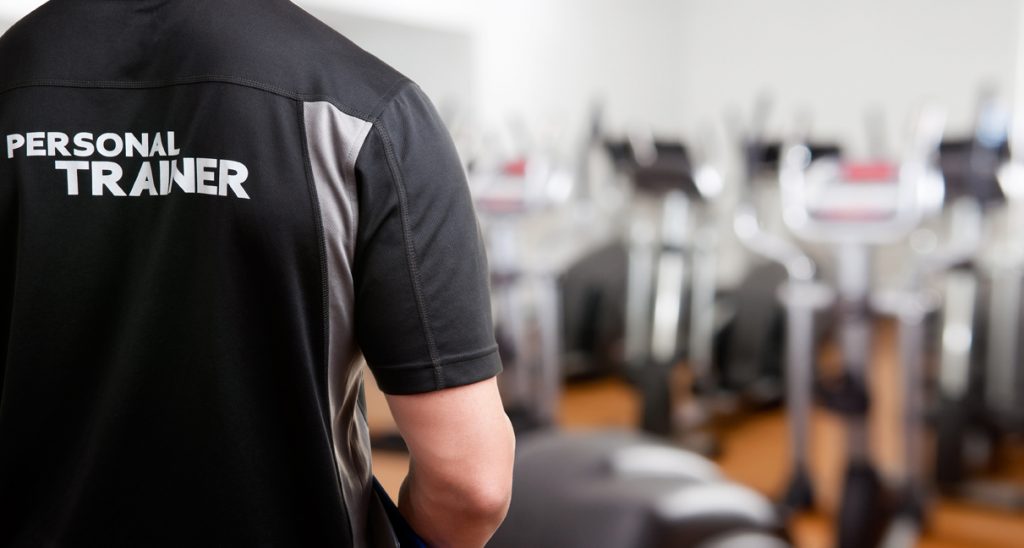
Industry Skills
With constant growth and industry change, a Personal Trainer’s education doesn’t stop with certification. In fact, that is only the catalyst for future growth. A degree also doesn’t guarantee adequate knowledge. By the time you finish your program, the information you started with in antiquated. So, what do you need to know, or at least pay attention to?
The basics… Certification, there are more than 500, CPR/AED, knowledge of physiology, anatomy, kinesiology, biomechanics, program design, exercise selection, equipment usage, safety techniques, assessment, current trends, and nutrition to start! Then there is the requirements for keeping current! Thought your read a lot during college…get ready for a whole new level of information. Kind of like getting a drink out of a fire hose!
Interpersonal Skills
You are under the watchful eye of everyone you encounter. Whether you are working, working out, eating at a restaurant, or getting a donut at the bakery, you are on display. Being real and approachable is paramount to a successful career. No one cares about your credentials; they care that you treat them well.
Really you are an ambassador to health care. That means public speaking, communications skills coaching, counseling (not professional), ability to lead a group, excellent customer service, goal oriented, sales, all while maintaining a positive attitude!
Energy
Getting someone to do something they don’t want to do and eventually enjoy it is the mark of a good trainer. Everyone wants six pack abs, but if you are a good trainer a year later, they will want to share a six-pack with you! Passion and motivation are why they hire you! Why are you a trainer? If you can’t answer that question without hesitation, you need to dig deeper into why you want to train! It must sustain you! Maybe you overcame a health issue, were an ex-athlete, lost weight, or reached some personal goal, that is what people want to buy!
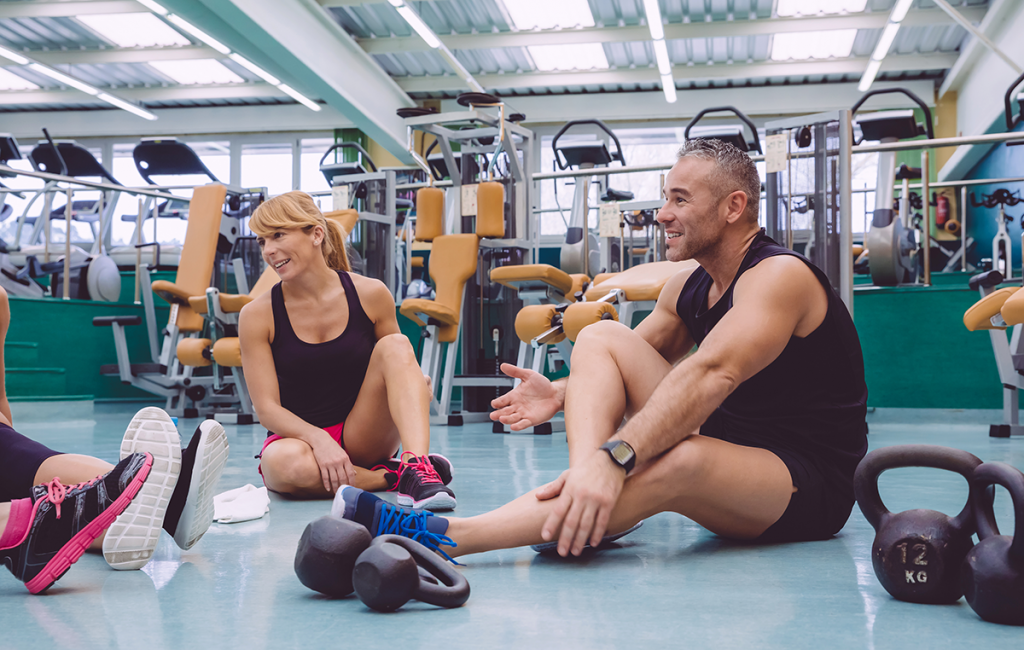
Passion
More than a PhD, passion drives great trainers. Richard Simmons changed generations with his Sweating to the Oldies exercise programs. A household name for sure, he probably had the most direct influence on the fitness industry! Dealing with issues that affect most people, he forged a niche market of the average guy that just want to fit in, get healthy, and look better naked.
Entrepreneurial
Guess what, just because you love helping others and working out, doesn’t mean you’ll be a good trainer. There is that little thing about running a business.Even if you are working for a gym, there are many qualities that differentiate outstanding from average trainers. Why do people hire you? Guess what it’s not because of your body, it’s for what you can do for them!
The list of desired traits is long but distinguished. Whether you like it or not, you are running a business. Therefore, qualities like accountability, time-management, delegation, networking, multi-tasking, planning, leadership, teamwork, flexibility, creativeness, logical thinking, patience, organization, motivation, and most of all tack.
Ready for the challenge? It will be the hardest thing you will every love.
Stay healthy.
Reprinted with permission from author.
Mike Rickett MS, CSCS*D, CSPS*D, RCPT*E is a nationally recognized health and fitness trainer of the trainers, fitness motivator, author, certifier, educator, and the 2017 NSCA Personal Trainer of the Year. He has been a fitness trainer for more than 35 years. With Cheri Lamperes, he co-directs BetterHealthBreathing.com, a conscious breathing educational program focusing on the diaphragmatic technique to enhance overall wellness. In addition, he also directs the personal training site ApplicationInMotion.com.





